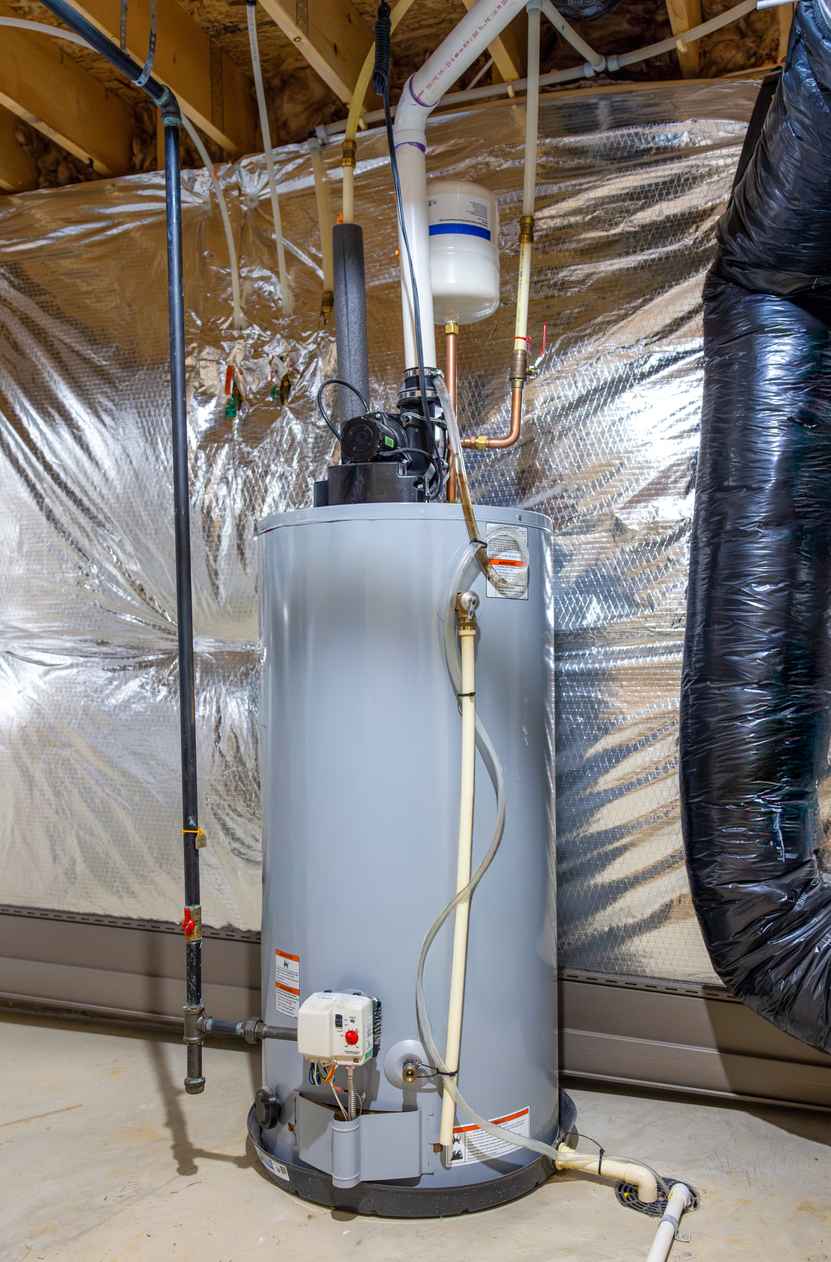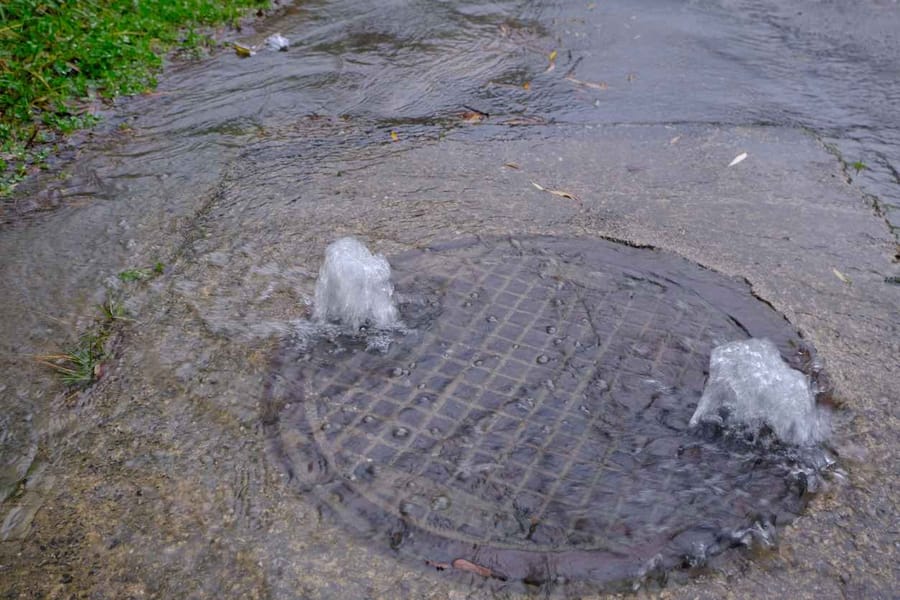Serving the Greater South Sound Area
Prepping The Pool
A proactive approach and proper winter maintenance can maximize pool usage next summer season.
[/vc_column_text][/vc_column][/vc_row][vc_row type=”in_container” full_screen_row_position=”middle” column_margin=”default” column_direction=”default” column_direction_tablet=”default” column_direction_phone=”default” scene_position=”center” text_color=”dark” text_align=”left” row_border_radius=”none” row_border_radius_applies=”bg” overlay_strength=”0.3″ gradient_direction=”left_to_right” shape_divider_position=”bottom” bg_image_animation=”none”][vc_column column_padding=”no-extra-padding” column_padding_tablet=”inherit” column_padding_phone=”inherit” column_padding_position=”all” background_color_opacity=”1″ background_hover_color_opacity=”1″ column_shadow=”none” column_border_radius=”none” column_link_target=”_self” gradient_direction=”left_to_right” overlay_strength=”0.3″ width=”1/1″ tablet_width_inherit=”default” tablet_text_alignment=”default” phone_text_alignment=”default” column_border_width=”none” column_border_style=”solid” bg_image_animation=”none”][vc_column_text]As winter approaches and temperatures begin to drop, you might consider retiring the swimming pool for the year. In order to avoid wasting the warmer months trying to bring the pool back from the potential damages of neglect, make sure that you follow the proper steps in closing it. While it is best to refer to manufacturer directions, here is a basic rundown used with a standard pool for those who may not have the information readily available:Adjust the pH, alkalinity and calcium hardness to avoid corrosion or scale build up. The pH level should be between 7.2 and 7.6, the alkalinity between 80 and 120 ppm, and the calcium between 180 and 220 ppm.
Shock the water using an extra strong chlorine or non-chlorine substitute (at least 65%) to kill bacteria, fungi and algae. Ensure the pool is avoided until chlorine levels return to 1 to 3 ppm.
Add an extra strength winterizing algaecide to kill off any remaining algae and prevent more from blooming. Be sure this is done after the pool returns to normal chlorine levels.
Remove everything from the pool that isn?t water and clean it thoroughly, both skimming the surface, vacuuming and brushing the bottom and sides of the pool. Complete the cleaning on the day intended for close to ensure best results.
Lower the water to below the skimmer. For a skimmer with a mesh cover, lower the water from 12 to 18 inches. With solid, floating covers, it only needs to be lowered 3 to 6 inches.
Drain all pumps, filters, heaters and chlorinators. Additionally, remove skimmer baskets and return eyeballs to avoid damage in potential freezes.
Empty and open the filter case to clean it and the filter thoroughly, then store the filter elements indoors in a dry location. If the filter cannot be removed, blow carefully with a shop vacuum to help remove the remaining water.
Ensure any lines running or returning water are dried out to avoid potential freezing. To do this, use a shop vacuum to blow air into the skimmer outlet pipe. Once complete, use expansion plugs to plug the lines at the returns and in the skimmer so water does not enter. Non-automotive antifreeze may also be used.
Complete the closing by covering the pool with a tarp. Ensure that it is anchored correctly and fits well.[/vc_column_text][/vc_column][/vc_row]








